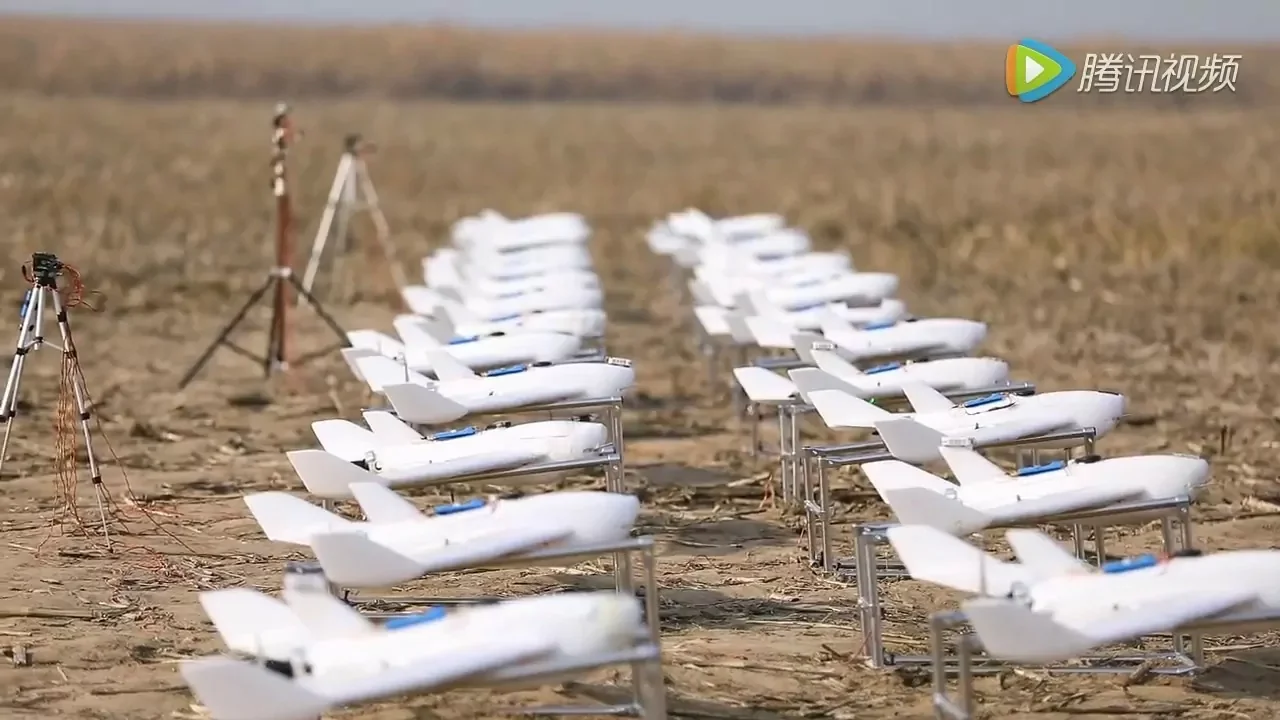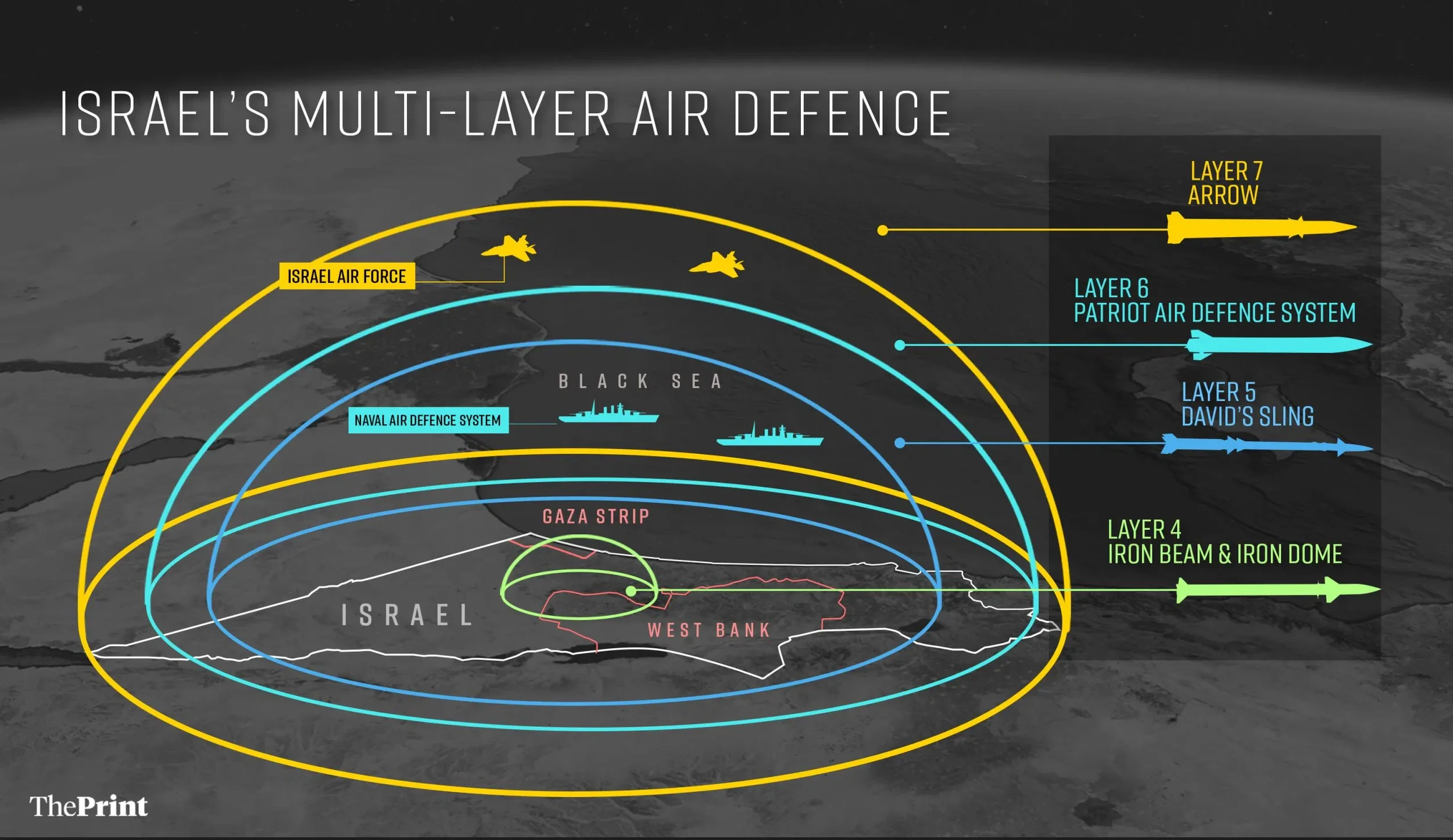Taiwanese Dome vs Chinese Drones: Taiwan’s Newest Line of Defense
Image provided by Jamestown Foundation
Taiwanese President William Lai made an announcement that Taiwan will install a dome-like air defense system to guard against hostile threats. This announcement occurred exactly 24 hours after Taiwan’s warning to China that it is enhancing defenses to guard against Chinese attacks. While the T Dome air defense system is designed to counter all missile, aerial, and drone threats, this article will specifically discuss potential drone deterrence capabilities, Beijing’s reliance on drone swarms, and why it might hinder Beijing’s ability to seize the Island by force.
“We will accelerate our building of the T-Dome, establish a rigorous air defence system in Taiwan with multi-layered defence, high-level detection, and effective interception, and weave a safety net for Taiwan to protect the lives and property of citizens”
While public information on Taiwan’s T-Dome is unavailable, it can be inferred that this T-Dome takes inspiration from Israel’s layered defense system it uses to deter Iranian Proxies, such as the Lebanese Hezbollah or Yemeni Houthis, from creating mass casualties in Israel. However, the Iron Dome is just one layer of a complex system that Israel uses.
Israel’s integrated air defense system uses multiple layers to ensure that if one weapon system fails to intercept a rocket or drone, another can easily compensate. Below is a list of the layers and their open source capabilities. This list is not in any particular order.
The Arrow - The “Arrow” layer is designed to intercept long-range missiles. Perfect for any long-range attacks. Its range extends outside the atmosphere
David’s Sling- Named after King David, this intercepts medium-range missiles, which can address nearby proxy organizations such as Hezbollah.
Iron Dome- intercepts short, short-range rockets and is the most popular layer. Credited for shooting down thousands of rockets within the last decade, and has a success rate of over 90%
Iron Beam-Experimental new technology, but it is significantly cheaper than the other systems listed above. An interception from the Iron Dome costs about $50,000 while the Iron Beam would only cost “a few dollars.” (This system is not yet operational)
Taiwan’s inspiration of the T-Dome might mimic some of these capabilities to hinder the People’s Liberation Army from bombarding the Island with full force. While the Iron Dome layers specifically deal with missiles, Taiwan’s T Dome must take into account drone swarms that can be utilized by China and are already used in commercialized shows.
On Septembe 26, 2024 the Guinness World Records, published a video on their Youtube Page congratulationg Zhujian Planning Media Co, Ltd for breaking the world record on the largest image formed by drones. Over 7,589 drones were used to create stunning images. This broke the previous record by over twice the amount. China’s ability to commercialize drone swarms serves a dual purpose.
Training- Instead of practicing drone swarm techniques designed for combat, The People’s Liberation Army (PLA) can easily recruit one of the drone technicians used to apply their expertise in creating offensive drone swarms to destroy enemy positions
Posturing- Showing the rest of the world China’s advancement in drone swarm technology can also be used to demoralize any resistance against China’s attempt to seize Taiwan.
There is a high possibility China will utilize drone swarms to overwhelm and demoralize the Taiwanese population into submission, rather than uzing a full scale bombardment. The reason is because of its population density.
Map of Taiwans Population Density | Credits: Map Taiwan
The map shown above reveals the administrative divisions of Taiwan from the 2020 Census data and population density. Taiwan’s current population is 23,829,897, and the total area is 36,210 km2. This means the average population density is 658 people per km. The highest is Taipei city with over 9,500 per km2 according to the data, while rural areas note a significantly less dense population of around 54 persons per km2.
The risk of absurd civilian casualties is too high for China. If China attempts to assault Taiwan through an amphibious landing force accompanied by a rocket barrage, there would be severe consequences that could cripple China, such as sanctions or a possible embargo on Chinese goods. The recent wars in Ukraine and Israel allowed Westerners the privilege of seeing combat up close and personal. The massacre of Bucha and the bombing of Palestinians immediately garnered sympathy from the international community. If China bombards Taiwan and kills a significant number of civilians, it might not be able to recover from committing mass civilian casualties.
Compared with a rocket barrage, a coordinated drone swarm would be a more operationally practical use for the PLA. Drones can loiter, provide reconnaissance, conduct electronic attack, and carry out precise strikes. However, they can also perform non-lethal missions, such as psychological operations, which gives military commanders more flexibility. This flexibility in addition to consistent psychological pressure, can destroy morale and complicate decision-making. While Drone Swarms offer a unique advantage that Taiwan’s T Dome must account for, Beijing must also prepare for any potential setbacks utilizing drone swarms.
On October 2nd, a drone show in China went horrifically wrong. China Observer composed a compilation of videos and Chinese citizens’ comments on the failed drone show. While the exact details are currently unknown, there is a major weakness when it comes to drone swarms. When drone shows operate as intended, it is beautifully executed and synchronized. If there is a minor setback or delay on coordination, there is a possibility it could throw the entire swarm out of control. While Drone Swarms can potentially reach Taiwan, it has a significant amount of territory to cross and now must take into account Taiwans T-Dome.
While the operational specifics of Taiwan’s T Dome are classified, its announcement sends a clear message to Beijing. Taiwan is proactively preparing to counter emerging threats. The integration of a multi layered system signifies a strategic shift in adopting a defensive posture against a brute force invasion from China. As the situation evolves, the T Dome now must become a pillar of Taiwan’s defense strategy and influencing regional security dynamics.


